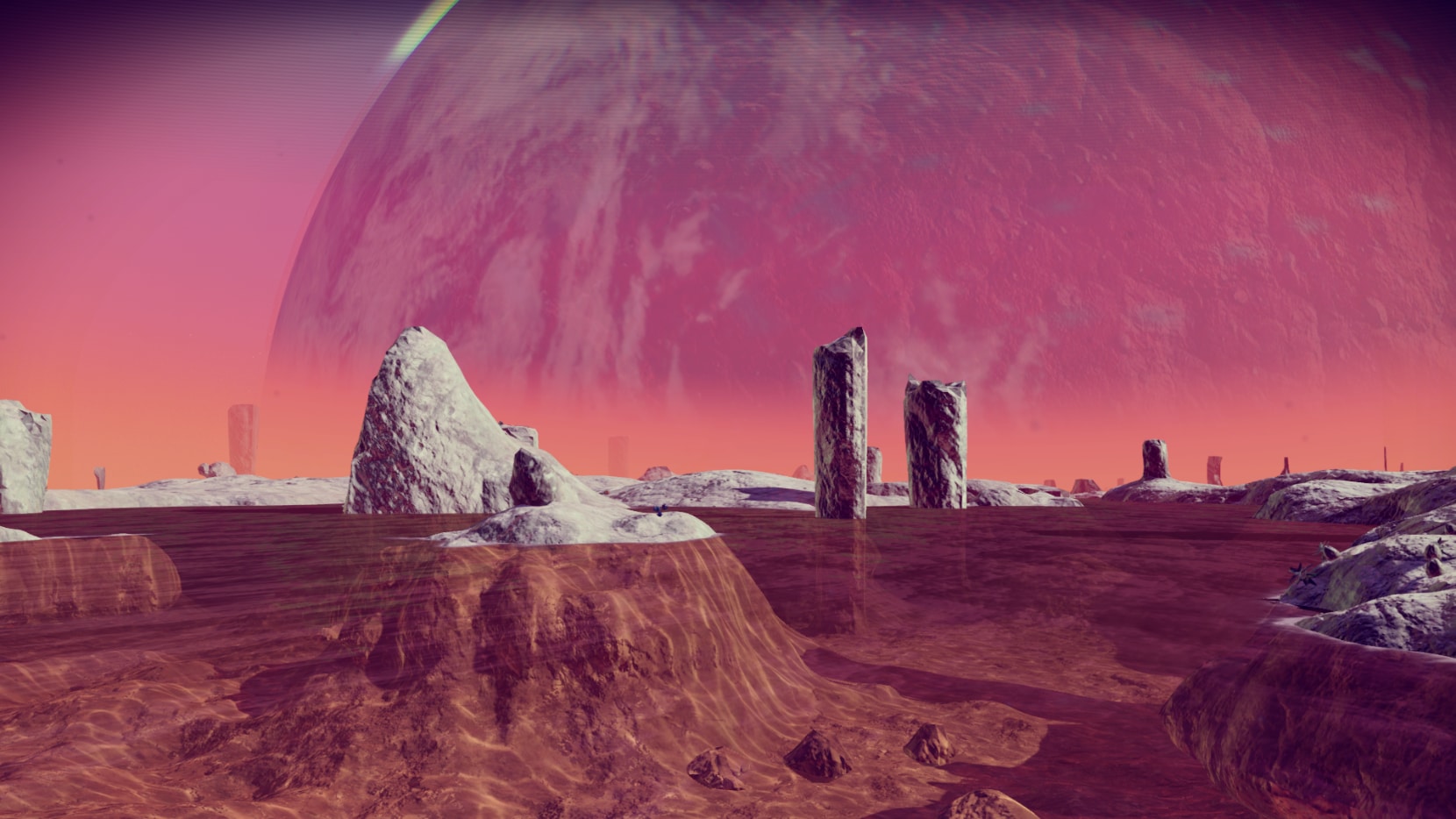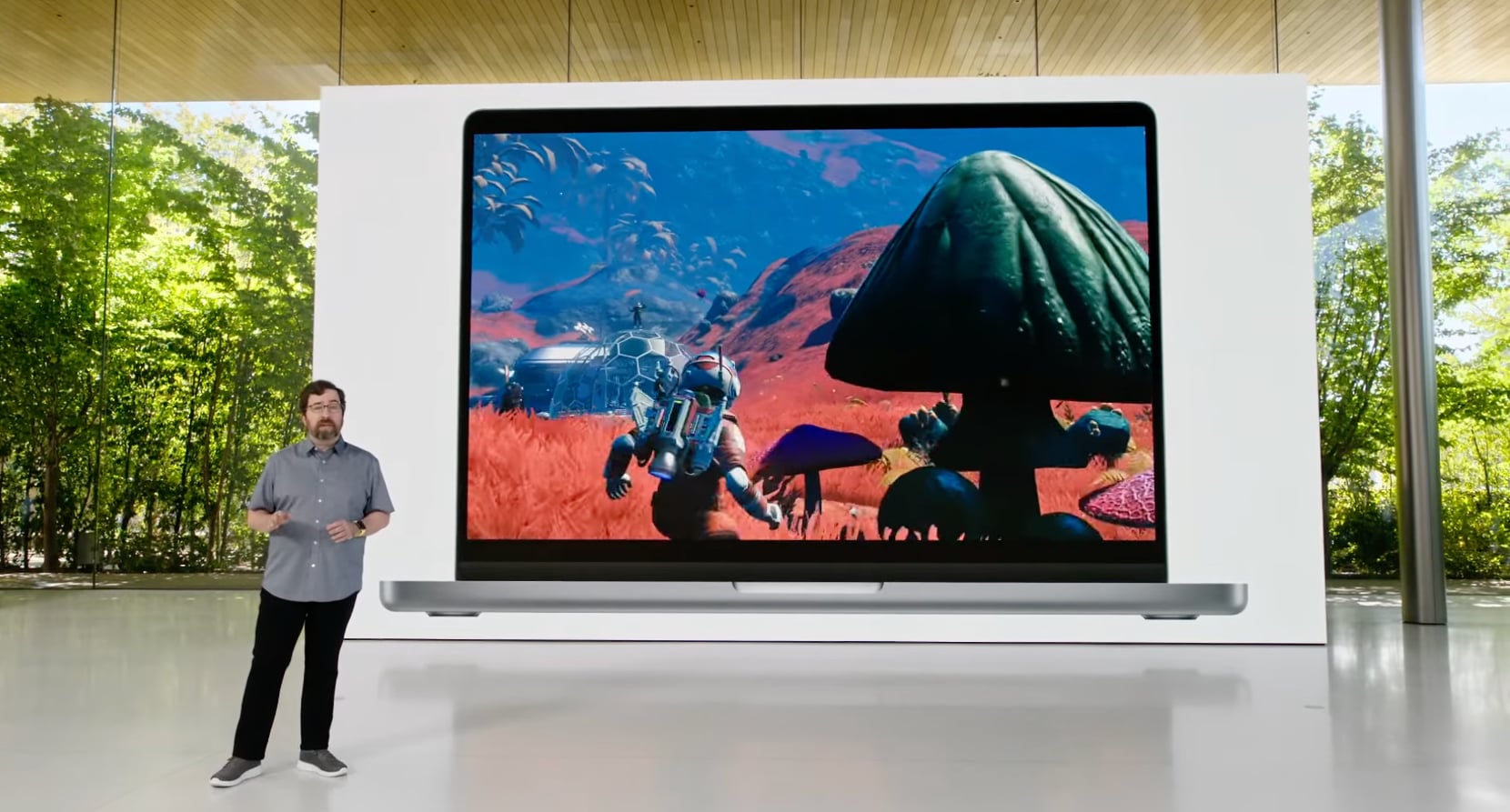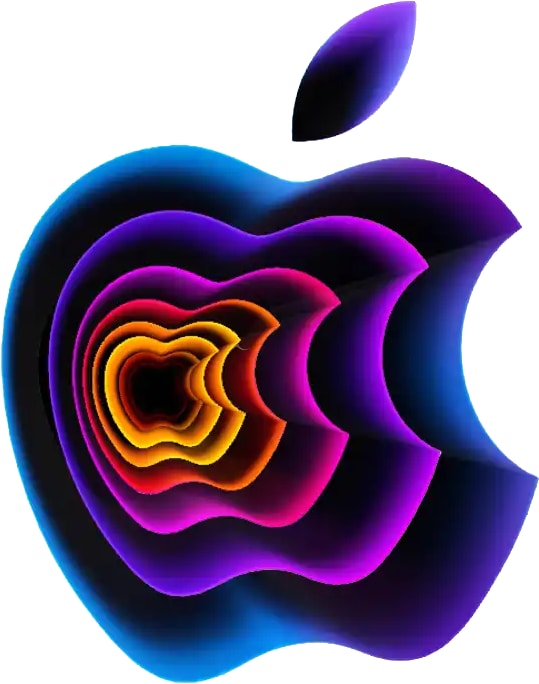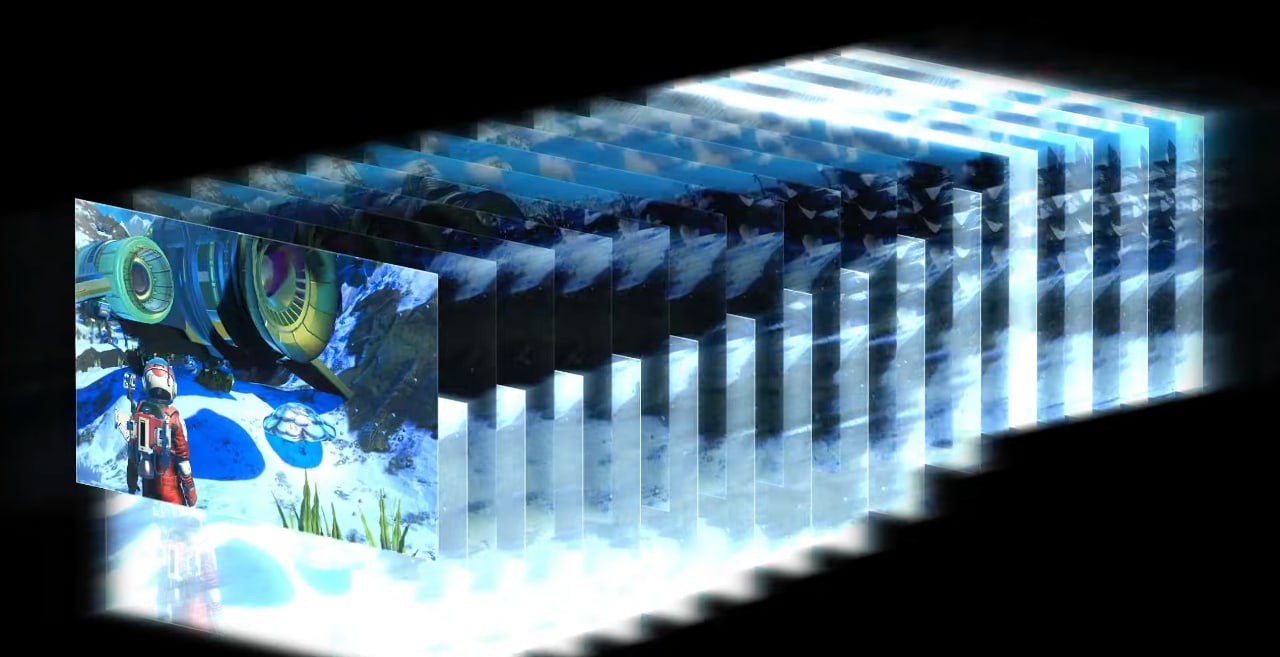A Look Back at Some Early Features Now Absent from “No Man’s Sky”
Being a fan of all-things-No Man’s Sky, I keep up with several NMS-related channels on YouTube. The most recent YouTuber that I’ve started watching regularly is Kanaju. In his videos, he covers quite a few aspects of No Man’s Sky that I find to be of particular interest.
A couple of Kanaju’s recent videos cover features present in early version of the game that have been removed or evolved into something new and that current players may not be aware of. As someone particularly fond of the early versions of No Man’s Sky — to the point that I’ve become something of a Time Traveller, occasionally going back to enjoy those rather more rough-hewn worlds — I wanted to share these videos with readers who might just be surprised at the way things were.
The first video is entitled “5 Killed Features Worth Bringing Back.” I well recall all of these now-absent features, and it certainly is a walk down memory lane for this day-one player. I may not fully share the author’s desire for a return of all of these features, but it’s interesting to look back and to see where some of the current features and mechanics in the game got their start.
The second video, entitled “5 Lost Interiors You Can’t Explore Today,” takes a look at early iterations of player bases, space stations, The Anomaly, and the like. Pieces of the past can certainly be seen in the in-game present, and this one really shows the degree to which much of No Man’s Sky has vastly increased in scale.
As Kanaju acknowledges in several of his videos, 2018’s massive update NEXT (v1.5) marks a sort of before-and-after point for many aspects of No Man’s Sky. Hello Games chief Sean Murray, in a video interview about 2020’s Origins (v3.0) update, made mention of the notable changes that took place earlier.
The fundamental thing is that we have this universe that we built, like, four years ago and we released it and we said that thing of, “even we don’t know what’s out there.” But it was true to an extent, right? We didn’t know the kind of planets people were going to start up on and — and then actually that hasn’t been true for the last four years for us. We have a ever evolving game but that universe has been reasonably static, right? The same terrains and biomes and worlds out there to explore. We’ve kind-of calmed them down, actually. We’ve removed some of the craziness [in Atlas Rises and, to a much larger extent, NEXT]…
While there is certainly more going on now in No Man’s Sky than ever before, thanks to the over 20 major (and free) updates Hello Games has given us, it’s interesting to look back — even for those who were not entranced by that feeling of simple solitude and limitless possibilities that many of us (well, some of us) so cherished.



